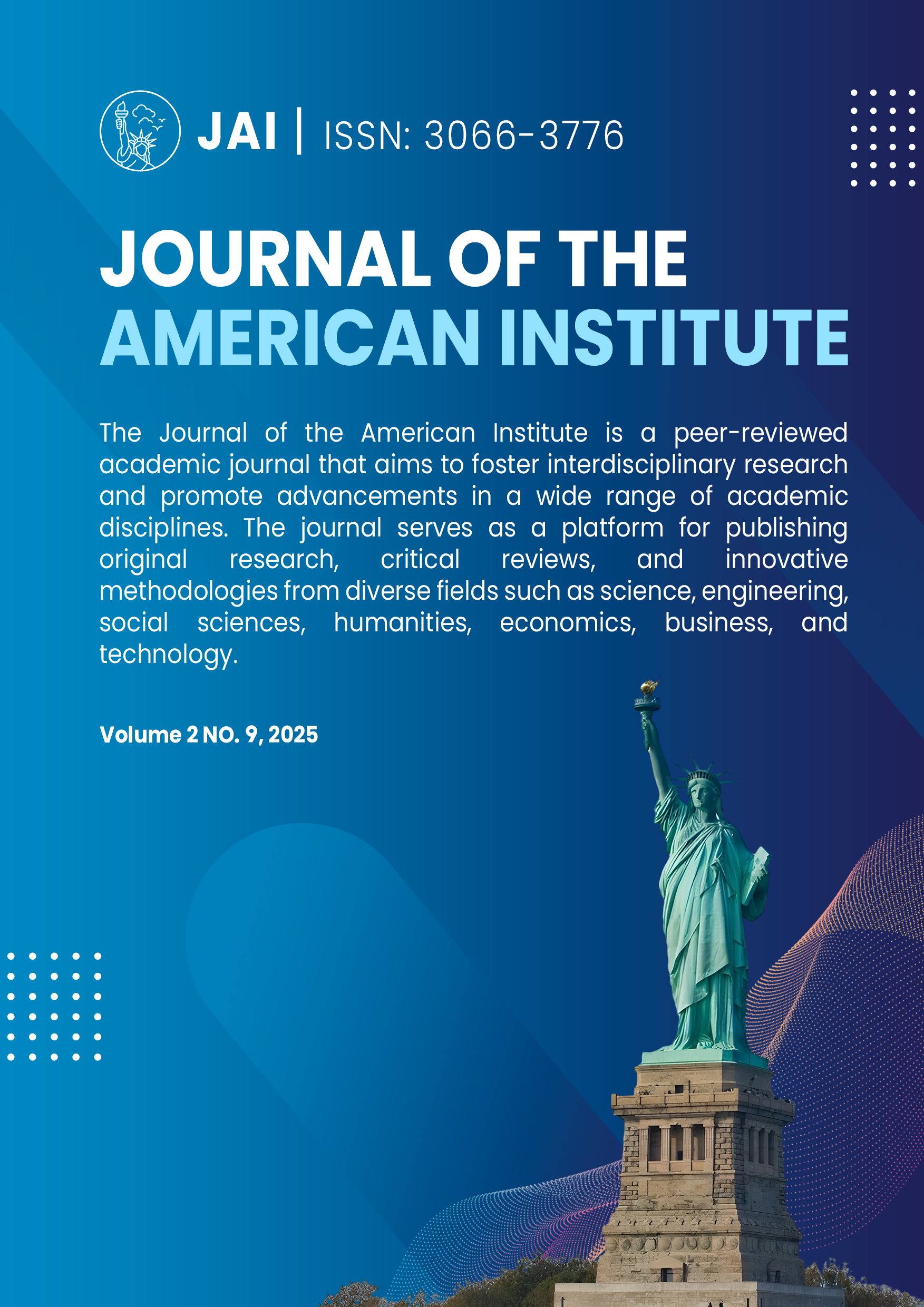Implementation of Traditional Market Regulation Policies in Improving the Welfare of Small Traders
DOI:
https://doi.org/10.71364/xjp0hy93Keywords:
Traditional Markets, Revitalization Policy, Small Traders’ WelfareAbstract
Traditional markets are a cornerstone of Indonesia’s local economy, providing essential goods, supporting small traders, and fostering social cohesion. However, the rapid expansion of modern retail and digital commerce has challenged their competitiveness in terms of convenience, quality, and governance. To address these pressures, the Indonesian government has implemented various market revitalization and regulation policies aimed at improving infrastructure, governance, and trader welfare. This study seeks to evaluate the effectiveness of such policies by examining their impact on small traders, the challenges faced in implementation, and the socio-economic outcomes observed. Using a qualitative literature review method, the study synthesizes findings from journal articles, research reports, policy documents, and government regulations published over the past decade. Content analysis was applied to identify patterns, challenges, and implications related to policy outcomes. Findings reveal that revitalization policies have succeeded in modernizing infrastructure, improving sanitation, and boosting consumer trust, which collectively enhanced traders’ income in several regions. For instance, revitalization in markets such as Wonokromo and Situbondo demonstrated improved business sustainability through better facilities. However, challenges persist, including limited financial resources, weak institutional coordination, rising rental costs, and unequal digital adaptation. Traders with higher literacy and capital benefited disproportionately, while vulnerable groups often experienced marginalization. The study concludes that physical improvements alone cannot guarantee long-term welfare for small traders. Instead, successful revitalization requires inclusive governance, participatory decision-making, and socio-economic empowerment initiatives such as digital literacy training and financial support. These integrated measures are critical to ensuring that revitalization benefits are sustainable and equitably distributed.
Downloads
Published
Issue
Section
License
Copyright (c) 2025 Novelma Lastri, Jesika Puteri, Variza Aditiya, Suprasman Suprasman, Rudi Hartasetiadi

This work is licensed under a Creative Commons Attribution 4.0 International License.




